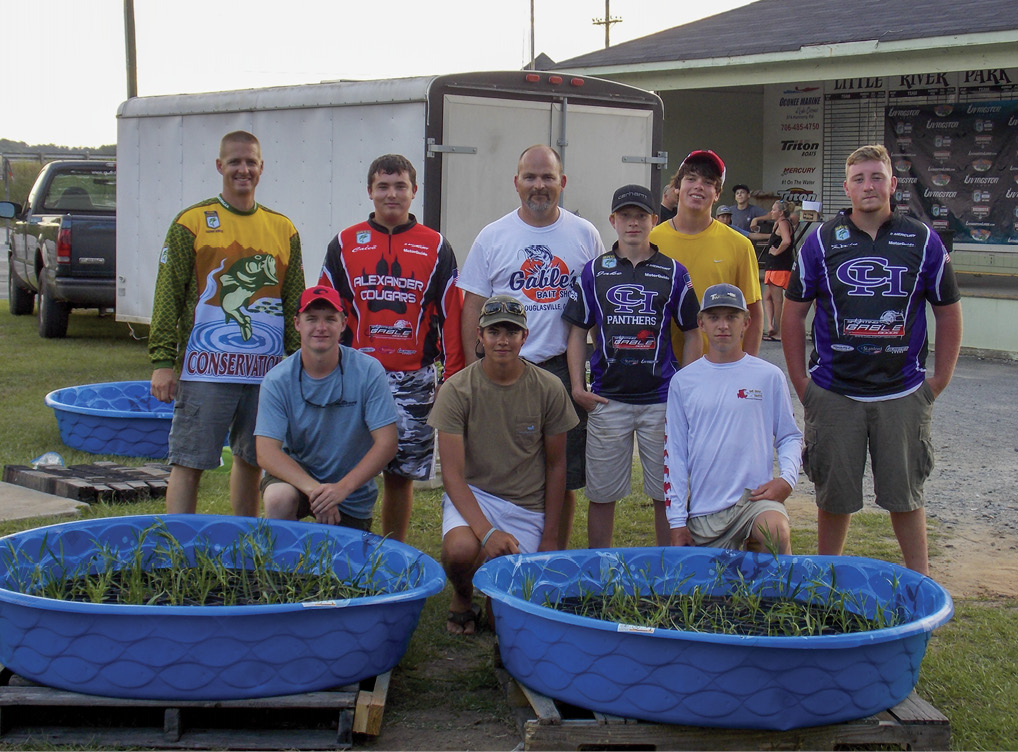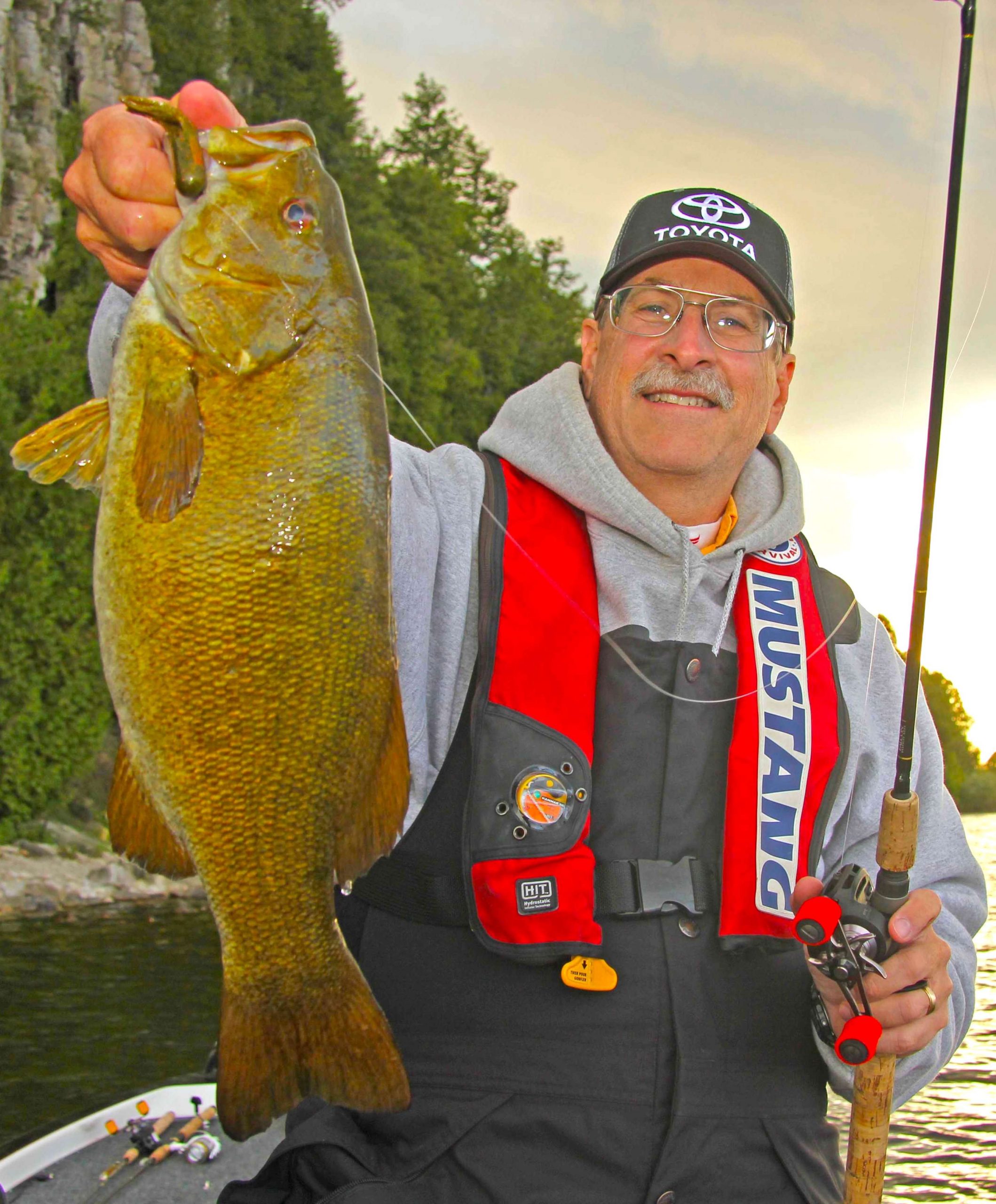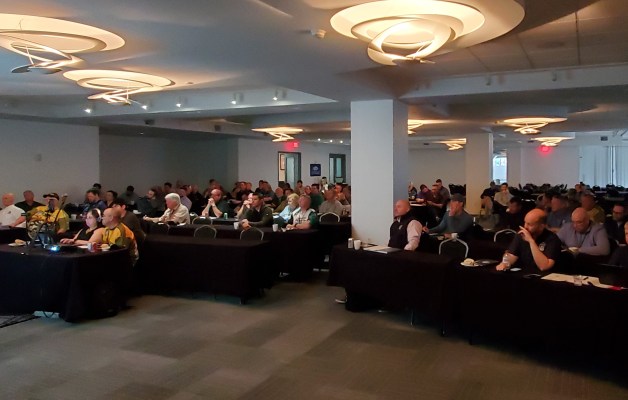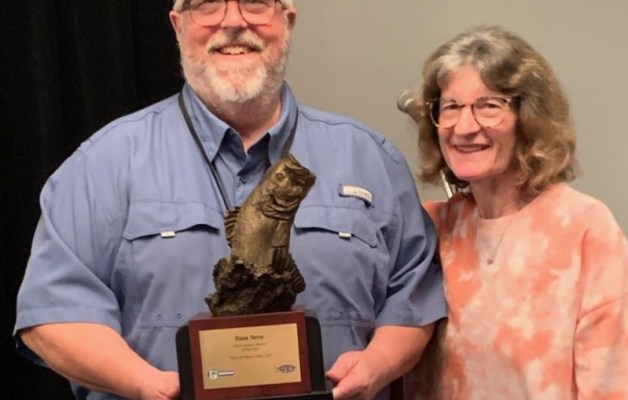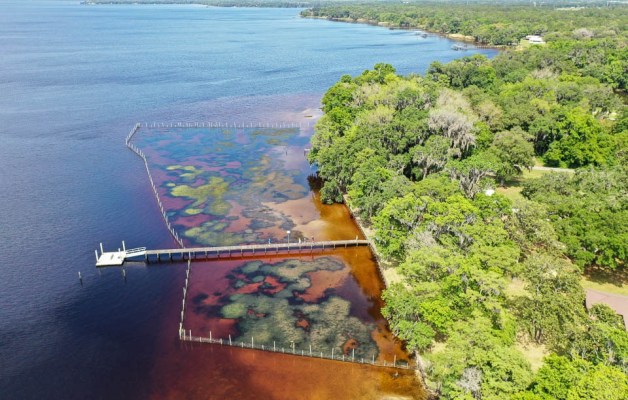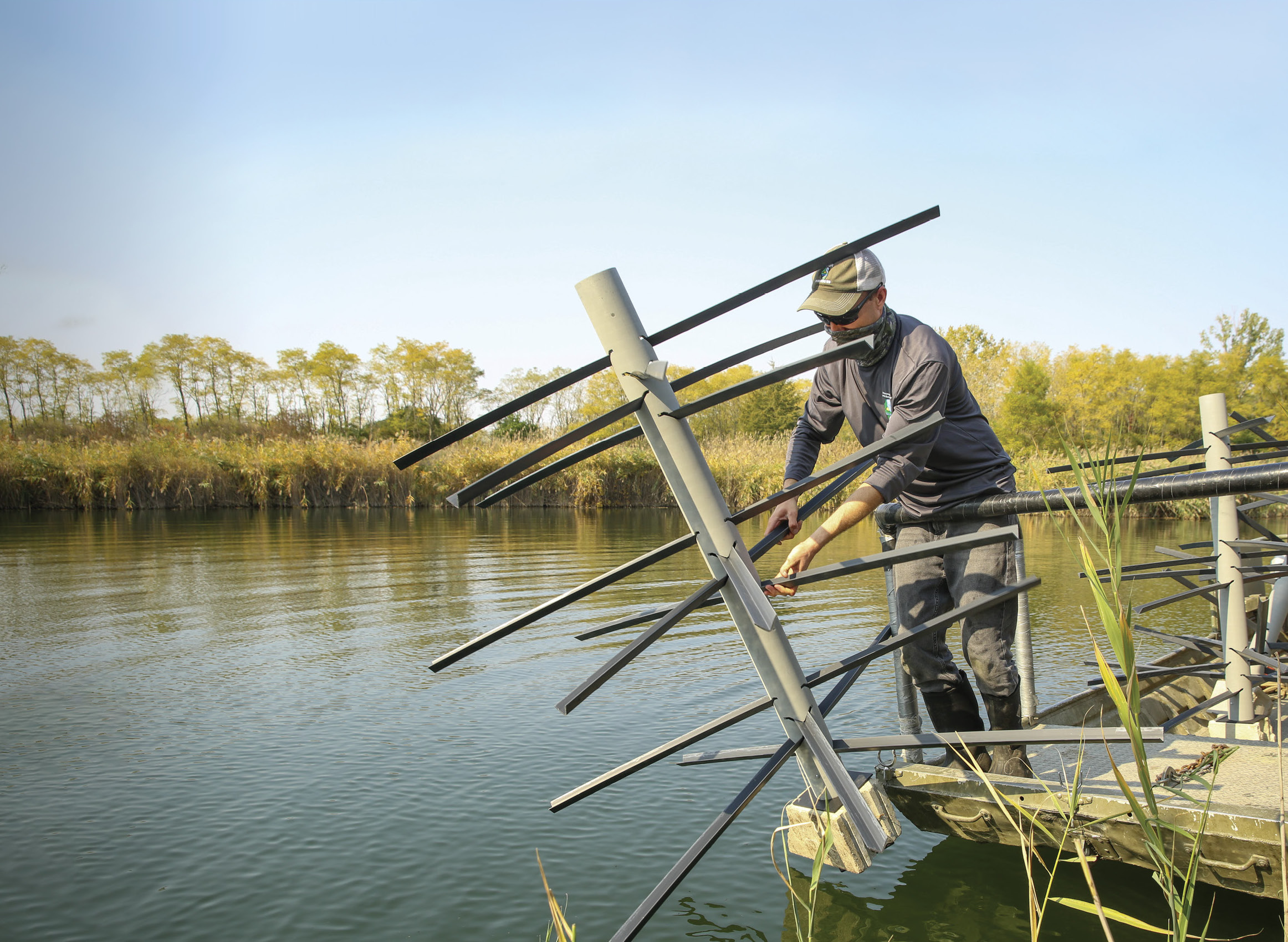
When bass anglers talk about “habitat enhancement,” they are usually referring to sinking brushpiles or artificial structures. But they also often make the assumption that by sinking Christmas trees or plastic-pipe structures that they are increasing the bass population.
Unfortunately, it’s not that simple.
Habitat is a complex topic and it is critical that you understand that it means different things to different sizes of bass. For this discussion, let’s divide habitat into two general categories: adult habitat that includes places for spawning, resting and feeding; and juvenile habitat or “nursery” areas for young-of-the-year bass.
Adult resting and feeding habitat includes the brushpiles you sink. Bass will utilize cover as both ambush spots and secure getaways to rest in after feeding. Trees, brush or artificial structures made of plastic materials can provide refuge for adult bass in areas where natural cover is absent or has disappeared as the lake or reservoir aged.
But young-of-the-year bass find this form of cover too sparse for comfort. Little bass must avoid being eaten but be able to feed effectively to grow up. For them, good nursery habitat provides both security and a steady food supply in the same place.
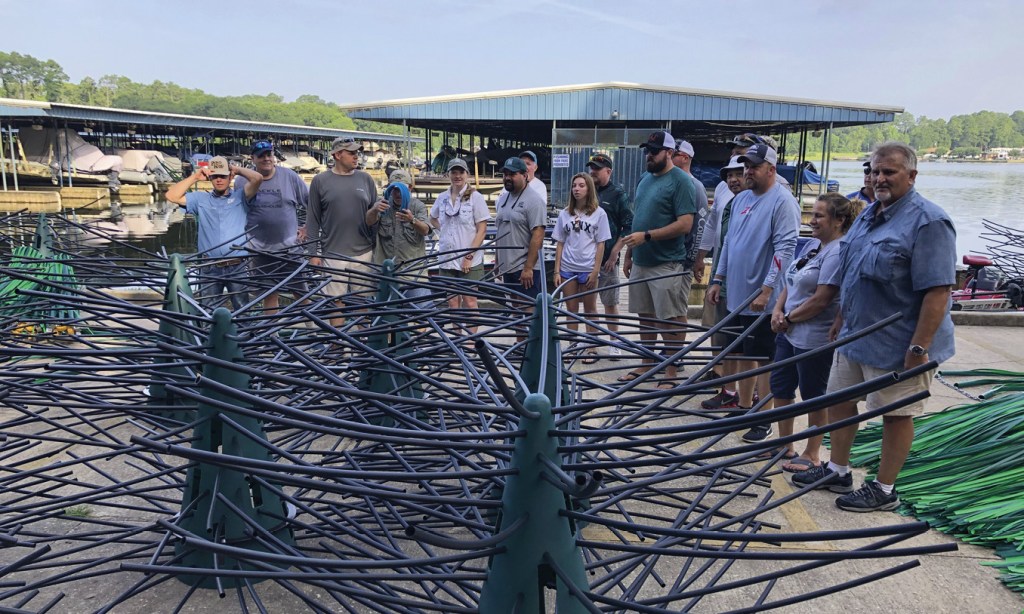
Aquatic plants or flooded terrestrial vegetation fill these needs for fingerling largemouth bass — protection and abundant invertebrate critters for their starter diet. Large gravel, chunk rock and riprap hold the same appeal for young smallmouth. A few types of artificial structures have the necessary dense cover that affords the protection small fish need.
Spawning habitat is specialized habitat that is only used by adult bass for a brief period of time in the spring, but it is essential to the success of the population. If spawning habitat is limited, adults may have to utilize marginal areas or “take turns” using prime spots. This may result in less than optimal conditions for raising fry.
Silt and muck removal, adding gravel beds or controlling excessive aquatic vegetation can improve spawning habitat. The addition of overhead cover or spawning benches can boost smallmouth reproduction. But these efforts alone may not increase a population because the fingerling bass must still have quality nursery habitat to survive.
So, what does this mean for your club or high school team’s habitat project? Brushpiles or artificial trees create spots where anglers can catch more fish. But keep in mind they are likely only attracting the bass that are already there, not producing more bass.
To increase the bass population, improving nursery cover must be part of the goal. It is best to have different types of cover that work for each life stage of the bass as they grow. Efforts to establish aquatic vegetation or put in immense quantities of the right kind of artificial structure are necessary to boost the bass population. These are much more difficult endeavors and require much more time, labor and money to accomplish.
So keep things in perspective, remember that adults and juvenile bass have vastly different habitat requirements. In planning a conservation project, your first step is to discuss the needs of a particular fishery with your local state agency fishery biologist. Get professional advice and assistance in the design and planning process.
Decide if you should concentrate on adult habitat (attraction) or try a more ambitious effort to enhance nursery habitat (production). Be realistic when setting your goals and build in an evaluation process so you can measure your success. Don’t tackle the entire lake, but look more at concentrating effort in a few select coves or embayments. Grant programs that can help fund fish habitat enhancement projects are available. Contact your state B.A.S.S. Nation Conservation Director for advice in planning a project and assistance in preparing grant proposals. The list of CDs can be found on the Conservation page of Bassmaster.com.
